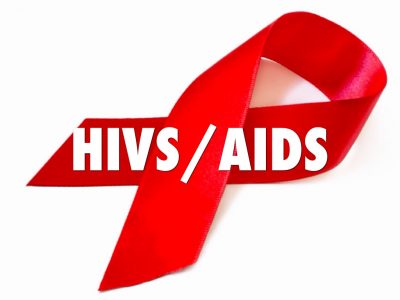1st August, 2017

UN says the number of new infections in the Philippines has over doubled in the past six years from an estimated 4,300 in 2010 to an estimated 10,500 in 2016.
According to the UN Nations Programme on HIV and AIDS (UNAIDS) report released on Tuesday, Philippines recorded 140 per cent increase of HIV cases during the six-year period.
UNAIDS in the report said the Philippines has become a country with the fastest growing HIV epidemic in Asia and the Pacific.
UNAIDS also said it has become one of eight countries that account for over 90 per cent of new HIV infections annually in the region.
While the Philippines has the fastest growing epidemic in terms of percentage increase, the agency said the number of new infections is not as high as several countries in the region which are estimated to have tens of thousands of new infections annually.
Eamonn Murphy, director of UNIADS Regional Support Team for Asia-Pacific, said that the Philippines has a small window of opportunity to act and stop a major HIV epidemic from taking hold.
“If HIV programming is re-directed to focus on the people most at risk and where they are located, I’m sure the country can not only return to a stable situation but even end the AIDS epidemic as a public health threat by 2030,’’ Murphy added.
While the Philippines has controlled the HIV epidemic among female sex workers, the agency said it noted a shift in the epidemic in 2007 in the Philippines, and has therefore scaled-up services tailored to other key risk populations.
“The Philippine data showed that in 2016, 83 percent of newly reported HIV cases occurred among Males who have Sex with Males (MSM) and Transgender Women who have sex with males (TGW),’’ the agency said.
The agency added that majority of the new infections occurred among 15 to 24 old MSM and TGW.
In 2015, the agency said only 35 per cent of 15 to 24 years old MSM and TGW had correct knowledge of HIV transmission and prevention.
“Condom use among MSM and TGW has increased from 36 percent in 2011 to 50 percent in 2015.
“The percentage of MSM and TGW who knew their HIV status by getting tested increased from five per cent in 2011 to 16 per cent in 2015; however this still remains low,’’ the agency said.
It said that the strategy is to focus on 117 cities where 80 per cent of the new infections have been reported and to open in each such city no less than one HIV clinic which has convenient evening hours for working people.
According to the agency, it is a one-stop shop that provide prevention, counselling, laboratory work-up and treatment services.
“The Philippine Department of Health is providing antiretroviral medicine for free to anyone who tests positive for HIV, as well as other outpatient services to maximum of 30,000 pesos (600 dollars) a year per person,’’ the agency said.
Between 2013 and 2015, the agency said the government increased funding for the HIV program, and now shoulders 70 per cent of all financing for its response.
“HIV is one of the top health priorities for the government of the Philippines,’’ Philippine Health Secretary Jean Ubial said, adding the government is implementing programs which will have positive impact.


